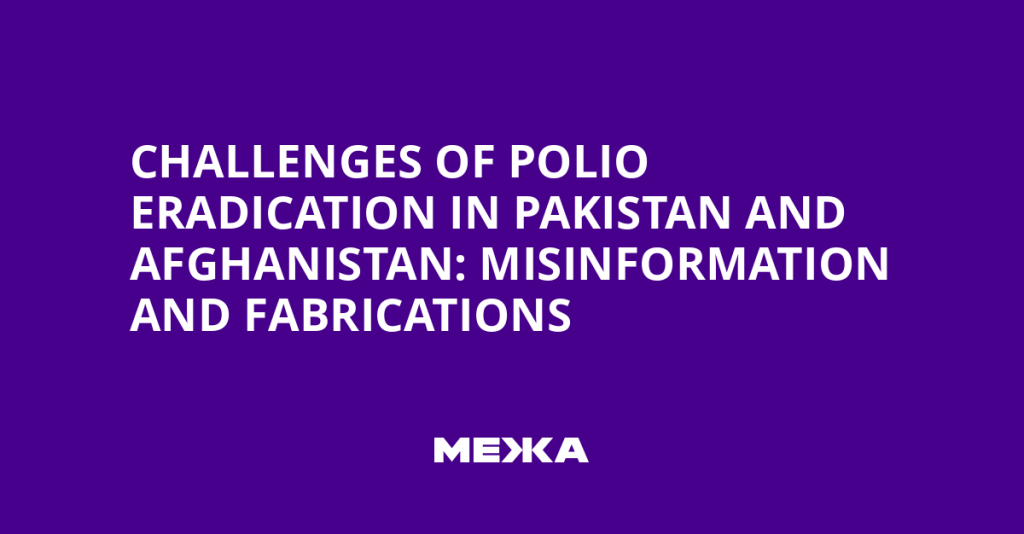The Unfolding Crisis of Polio Eradication: A Global Health Campaign Under Scrutiny
The global campaign to eradicate polio, a debilitating disease that primarily affects children under five, stands at a critical juncture. While remarkable progress has been made since the initiative’s launch in 1988, persistent challenges, particularly in Afghanistan and Pakistan, threaten to undermine decades of effort and billions of dollars invested. Despite coming tantalizingly close to success in 2021, the resurgence of cases in recent years has exposed deep-seated issues within the campaign, ranging from mismanagement and outdated strategies to problems with the oral vaccine itself.
Frontline workers like Sugra Ayyaz, who has spent the past decade tirelessly advocating for polio vaccination in southeastern Pakistan, bear witness to the complex realities on the ground. Ayyaz confronts not only practical concerns like families prioritizing basic necessities over vaccines, but also deeply entrenched misinformation, including unfounded fears of sterilization. Alarmingly, she reveals a troubling trend of data falsification driven by pressure to demonstrate success, further jeopardizing the campaign’s integrity. These accounts, corroborated by internal documents and expert testimonies, paint a picture of a campaign grappling with systemic dysfunction.
The challenges extend beyond data manipulation. Reports detail inadequate vaccine storage, unqualified personnel administering doses, and a failure to deploy teams effectively during mass vaccination campaigns. These operational shortcomings, coupled with the unique challenges posed by Afghanistan and Pakistan’s shared border, weak health systems, and widespread vaccine hesitancy, create a fertile ground for the virus to persist. While officials often highlight the campaign’s undeniable successes – billions of children vaccinated and millions spared from paralysis – concerns raised by frontline workers and external experts about ineffective tactics have largely gone unheeded.
At the heart of the debate lies the oral polio vaccine. While lauded for its ease of administration and effectiveness, the oral vaccine carries a rare but significant risk: the live virus it contains can, in extremely rare cases, mutate and trigger new outbreaks, particularly in under-vaccinated populations. This phenomenon, known as vaccine-derived polio, now accounts for the majority of polio cases globally, posing a significant obstacle to complete eradication. While most experts agree that transitioning to the injectable vaccine, which carries no such risk, is essential, logistical and financial constraints hinder its widespread implementation.
The campaign’s leadership faces mounting criticism for its perceived inflexibility and resistance to adapting its strategy. Critics argue that blindly adhering to outdated approaches, despite mounting evidence of their limitations, will only perpetuate the cycle of near-successes and resurgences. Calls for a thorough investigation into the campaign’s shortcomings, particularly the controversial 2016 decision to remove one strain from the oral vaccine, have largely been ignored. This decision, intended to simplify the vaccination process, inadvertently led to outbreaks in numerous countries, raising serious questions about the decision-making processes within the campaign.
The financial sustainability of the polio eradication initiative, one of the most expensive global health campaigns in history, is also a growing concern. With an annual budget of around $1 billion, the campaign relies heavily on international funding, which is increasingly under pressure. Critics argue that in the absence of tangible progress, these resources could be more effectively deployed to address other pressing health needs. Furthermore, the campaign’s heavy reliance on external funding has fueled resentment in some communities, who question the prioritization of polio eradication over other urgent needs like clean water, sanitation, and healthcare for other diseases.
The struggle against polio is not only a battle against a virus, but also against misinformation and mistrust. False rumors about the vaccine’s safety and efficacy, often amplified by social media and linked to the broader anti-vaccine movement, pose a significant challenge to vaccination efforts. The legacy of the CIA’s use of a fake vaccination campaign to track down Osama bin Laden in 2011 further complicates matters, eroding trust in health workers and fueling conspiracy theories. In this climate of suspicion, frontline workers like Ayyaz face an uphill battle to convince hesitant families of the vaccine’s benefits.
The future of the polio eradication campaign hinges on its ability to address these critical challenges. A fundamental shift in strategy, prioritizing transparency, accountability, and community engagement, is essential to rebuild trust and regain momentum. The transition to the injectable vaccine, despite its logistical and financial hurdles, must be accelerated to mitigate the risks posed by vaccine-derived polio. Furthermore, the campaign must actively combat misinformation and address the underlying social and economic factors that contribute to vaccine hesitancy. Ultimately, eradicating polio requires not only scientific innovation but also a deep understanding of the complex social and political landscapes in which the campaign operates.


